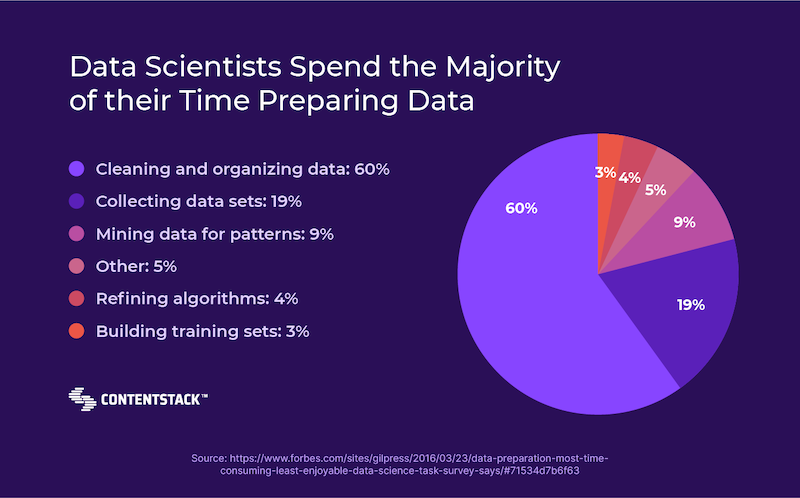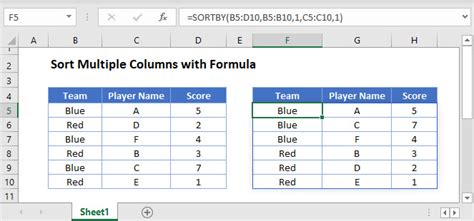The CRE Analyst's Time-Efficient Routine

In the fast-paced world of commercial real estate (CRE) analysis, efficiency is the key to success. A CRE analyst's day is packed with numerous tasks, from evaluating market trends and financial models to conducting site visits and preparing comprehensive reports. Navigating this complex landscape with precision and speed is an art that requires a well-structured routine.
This article delves into the time-saving strategies employed by top CRE analysts, offering an in-depth look at their daily routines and the tools they utilize to maximize productivity. By following these best practices, analysts can enhance their workflow, make more informed decisions, and ultimately contribute to the success of their CRE ventures.
The Power of Routine in CRE Analysis

A consistent routine forms the backbone of effective CRE analysis. It ensures that analysts approach their work with a systematic mindset, streamlining processes and minimizing time wastage. By allocating dedicated time slots for specific tasks and adhering to a structured schedule, analysts can maintain focus and productivity throughout the day.
For instance, a CRE analyst might begin their day with a comprehensive review of market trends and economic indicators. This initial step provides a solid foundation for the day's analysis, allowing the analyst to identify potential opportunities and risks early on. By allocating a fixed time period for this task, analysts can ensure they stay up-to-date with market dynamics without letting it consume their entire day.
Maximizing Efficiency with a Strategic Routine
An efficient CRE analyst’s routine involves more than just a rigid schedule. It’s about optimizing every step of the analysis process to save time and resources. This includes utilizing advanced technologies and tools specifically designed for CRE professionals.
For instance, many analysts now leverage cloud-based software for data storage and collaboration. This eliminates the need for physical storage and allows for real-time data sharing and updates, enhancing collaboration among team members and reducing the time spent on manual data transfer and storage.
Furthermore, the integration of artificial intelligence (AI) and machine learning (ML) technologies has revolutionized the way CRE analysts work. These tools can automate repetitive tasks, such as data collection and analysis, allowing analysts to focus on more complex and strategic aspects of their work. For example, AI-powered platforms can quickly scan and extract key information from large datasets, saving analysts hours of manual labor.
| Routine Task | Time Saved (in hours) |
|---|---|
| Data Collection and Cleaning | 4-6 |
| Financial Model Creation | 2-4 |
| Site Visit Planning | 1-2 |
| Report Generation | 3-5 |

The Role of Technology in Time Efficiency

In today’s digital age, technology is a CRE analyst’s best friend when it comes to saving time and resources. From advanced data analytics platforms to virtual reality (VR) tools for site visits, technology offers a myriad of ways to streamline the analysis process.
Data Analytics and Visualization
CRE analysts often deal with vast amounts of data, ranging from market trends and demographic statistics to financial statements and lease agreements. Managing and analyzing this data efficiently is crucial for timely decision-making.
Advanced data analytics platforms, such as Power BI and Tableau, offer powerful tools for data visualization and analysis. These platforms allow analysts to create interactive dashboards and reports, making it easier to identify trends, patterns, and anomalies in the data. By presenting data visually, these tools facilitate faster and more intuitive decision-making.
For instance, an analyst might use a data visualization tool to create a map highlighting areas with the highest rental growth rates. This visual representation can quickly guide the analyst towards potential investment opportunities, saving time that would otherwise be spent sifting through raw data.
Virtual Site Visits and 3D Modeling
Conducting site visits is an integral part of CRE analysis, allowing analysts to assess properties and their surroundings firsthand. However, these visits can be time-consuming and logistically challenging, especially when dealing with multiple sites in different locations.
This is where virtual reality (VR) and 3D modeling technologies come into play. These tools allow analysts to virtually explore properties and their surroundings, providing a detailed understanding of the site without the need for physical travel. This not only saves time but also reduces costs associated with travel and site visits.
Additionally, VR and 3D modeling can be used to create immersive simulations of proposed developments or renovations. This enables analysts and stakeholders to visualize potential changes to a property, helping them make more informed decisions about the project's viability and potential impact on the surrounding area.
The Future of CRE Analysis: Continuous Improvement
The world of CRE analysis is ever-evolving, with new technologies and methodologies constantly emerging. To stay ahead of the curve, CRE analysts must embrace a culture of continuous improvement and be open to adopting new strategies and tools.
Embracing Innovation and Adaptation
As the CRE landscape evolves, so too must the strategies and tools employed by analysts. Staying up-to-date with the latest advancements in technology and market trends is essential for maintaining a competitive edge.
For instance, the increasing popularity of proptech (property technology) start-ups is transforming the CRE industry. These companies are developing innovative solutions, such as AI-powered property management platforms and blockchain-based transaction systems, which can significantly enhance the efficiency and security of CRE transactions and operations.
Adapting to these changes and integrating new technologies into their workflows will be crucial for CRE analysts to stay relevant and effective in the industry. This may involve learning new skills, such as coding or data science, to fully leverage the capabilities of emerging technologies.
The Importance of Lifelong Learning
In a rapidly changing industry like CRE, continuous learning is essential for career growth and success. Analysts must stay informed about market trends, regulatory changes, and emerging technologies to make informed decisions and provide valuable insights to their clients or employers.
This may involve attending industry conferences, webinars, and workshops to stay updated on the latest developments. Additionally, pursuing further education, such as advanced degrees or certifications in CRE analysis or related fields, can provide analysts with a deeper understanding of the industry and enhance their skill set.
Moreover, networking with peers and industry experts can provide valuable insights and opportunities for collaboration and knowledge sharing. By engaging in professional development activities and staying connected with the CRE community, analysts can continually enhance their expertise and contribute to the growth of the industry.
What are some common challenges faced by CRE analysts, and how can they be overcome with time-saving strategies?
+
CRE analysts often grapple with managing large volumes of data, tight deadlines, and complex market dynamics. To overcome these challenges, analysts can leverage time-saving strategies such as implementing efficient data management systems, utilizing AI-powered analytics tools, and optimizing their workflows. By doing so, they can streamline their processes, improve decision-making, and enhance their overall productivity.
How can CRE analysts stay updated with the latest industry trends and technologies to enhance their efficiency?
+
CRE analysts can stay ahead of the curve by regularly attending industry conferences, webinars, and workshops. These events provide valuable insights into emerging trends and technologies. Additionally, analysts can benefit from networking with peers and industry experts, as well as continuously updating their skills through online courses and certifications.
What are some best practices for CRE analysts to maintain a productive and efficient workflow?
+
Maintaining a productive workflow involves a combination of effective time management, organizational skills, and the strategic use of technology. CRE analysts should prioritize tasks based on importance and urgency, allocate dedicated time slots for specific tasks, and utilize collaboration and project management tools to streamline their work. Additionally, staying organized with comprehensive data management systems and adopting a continuous learning mindset can further enhance their efficiency.



